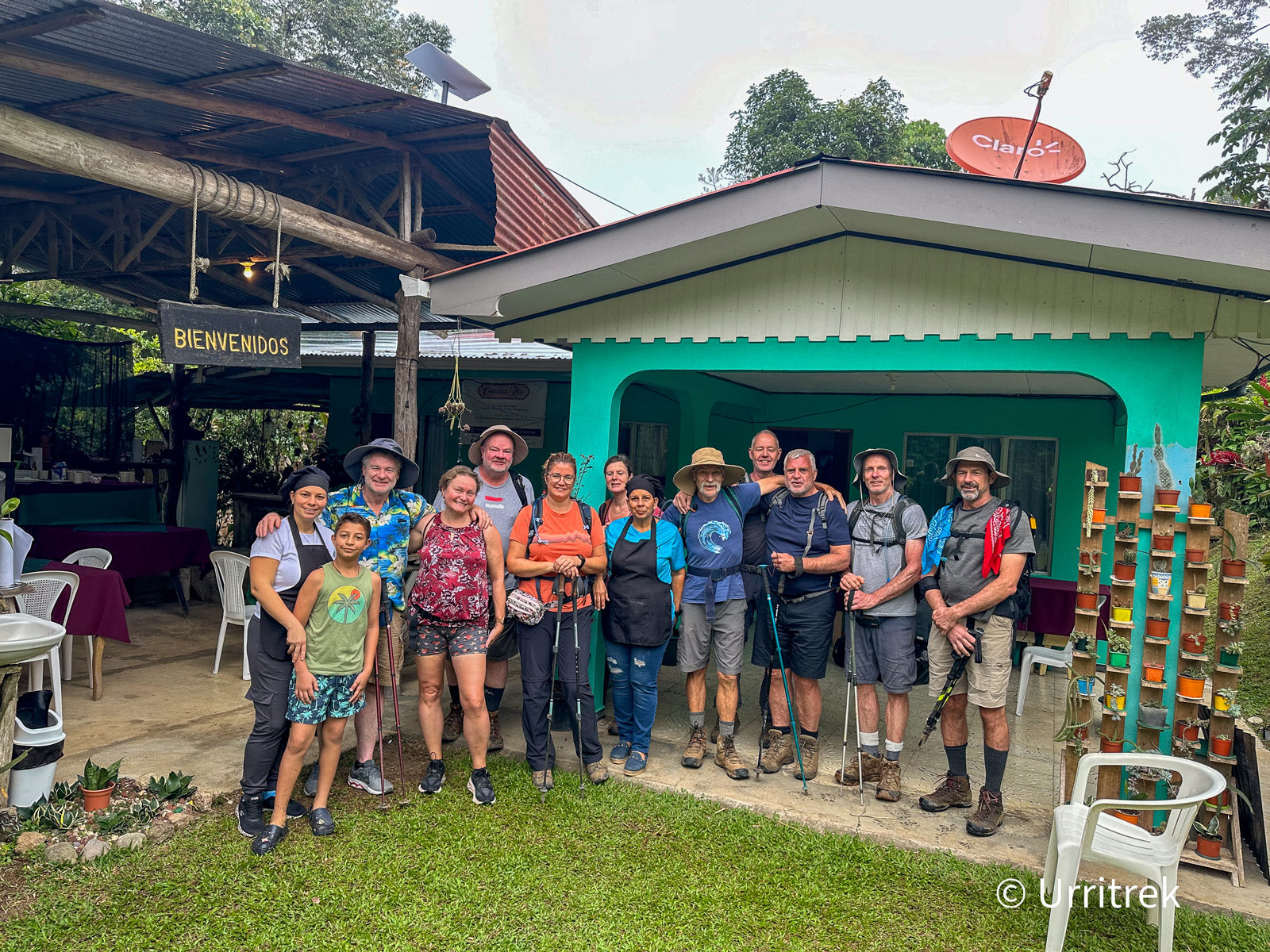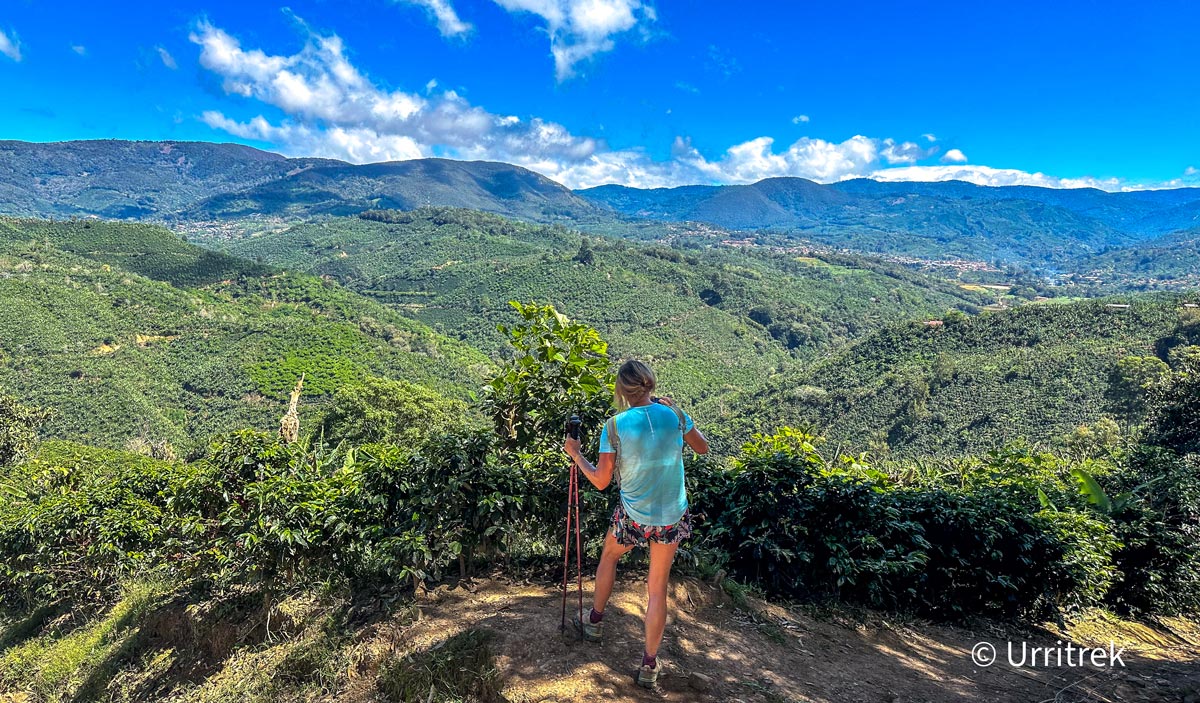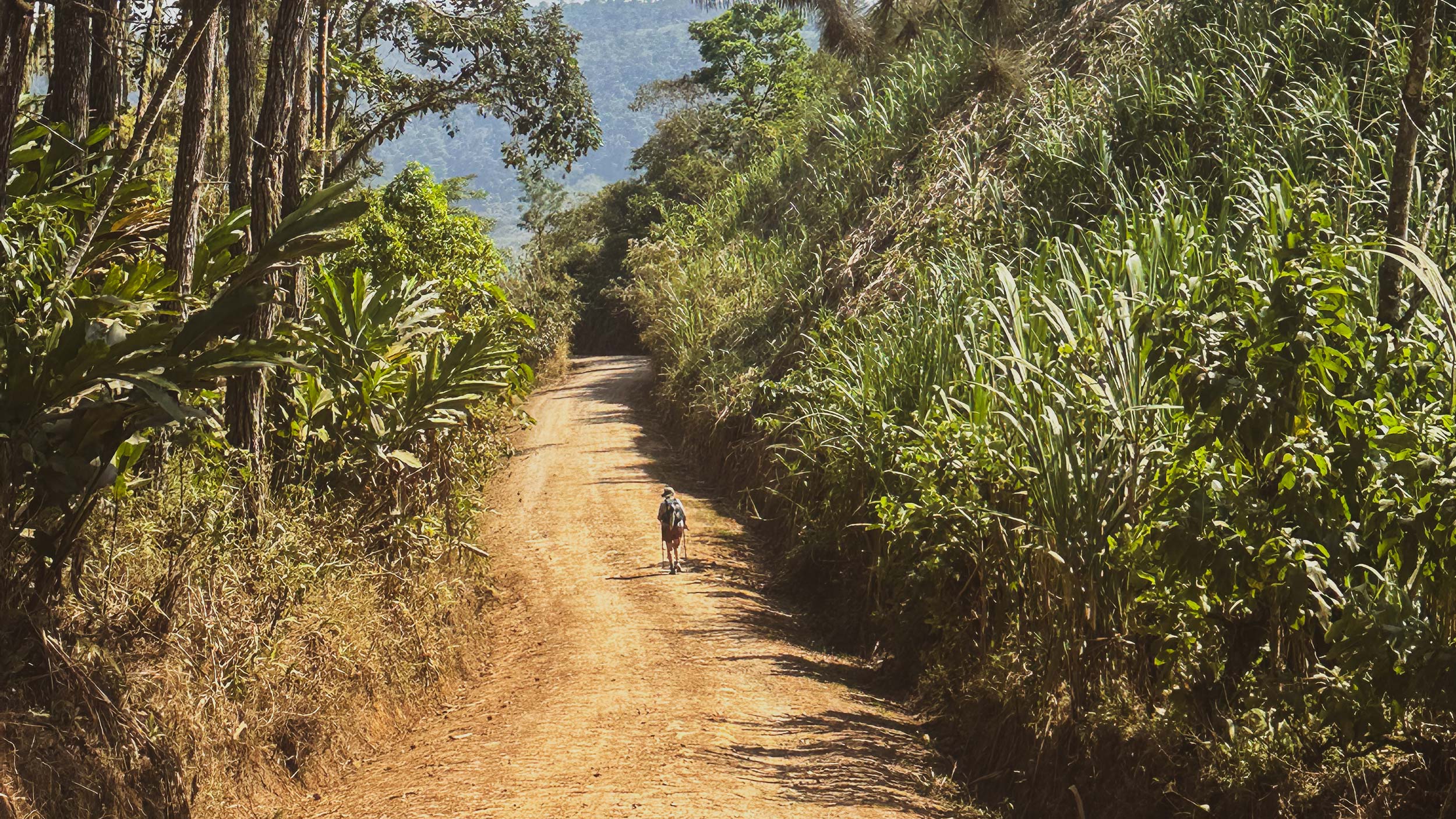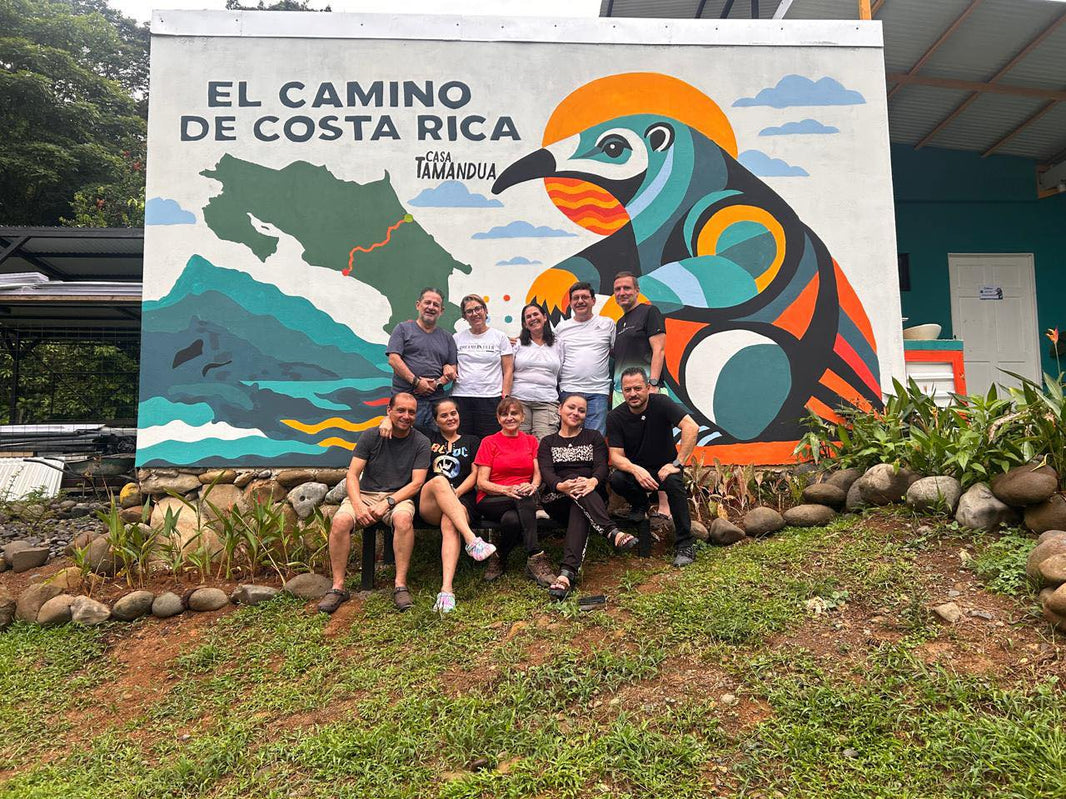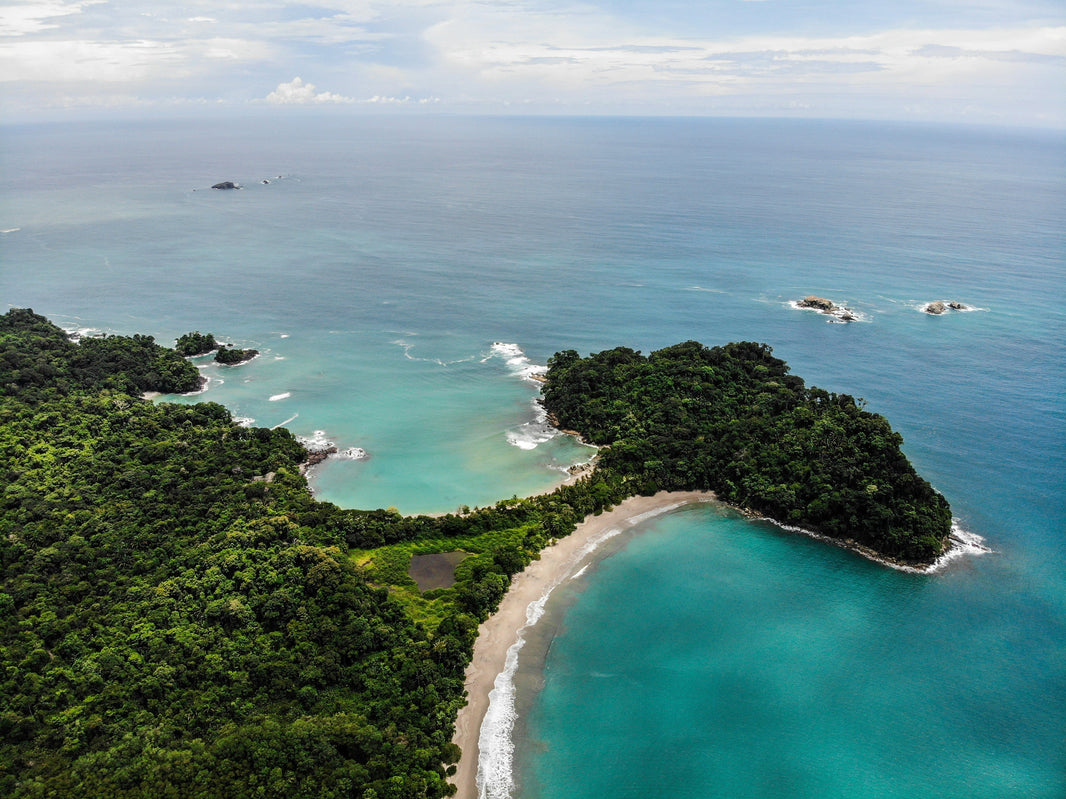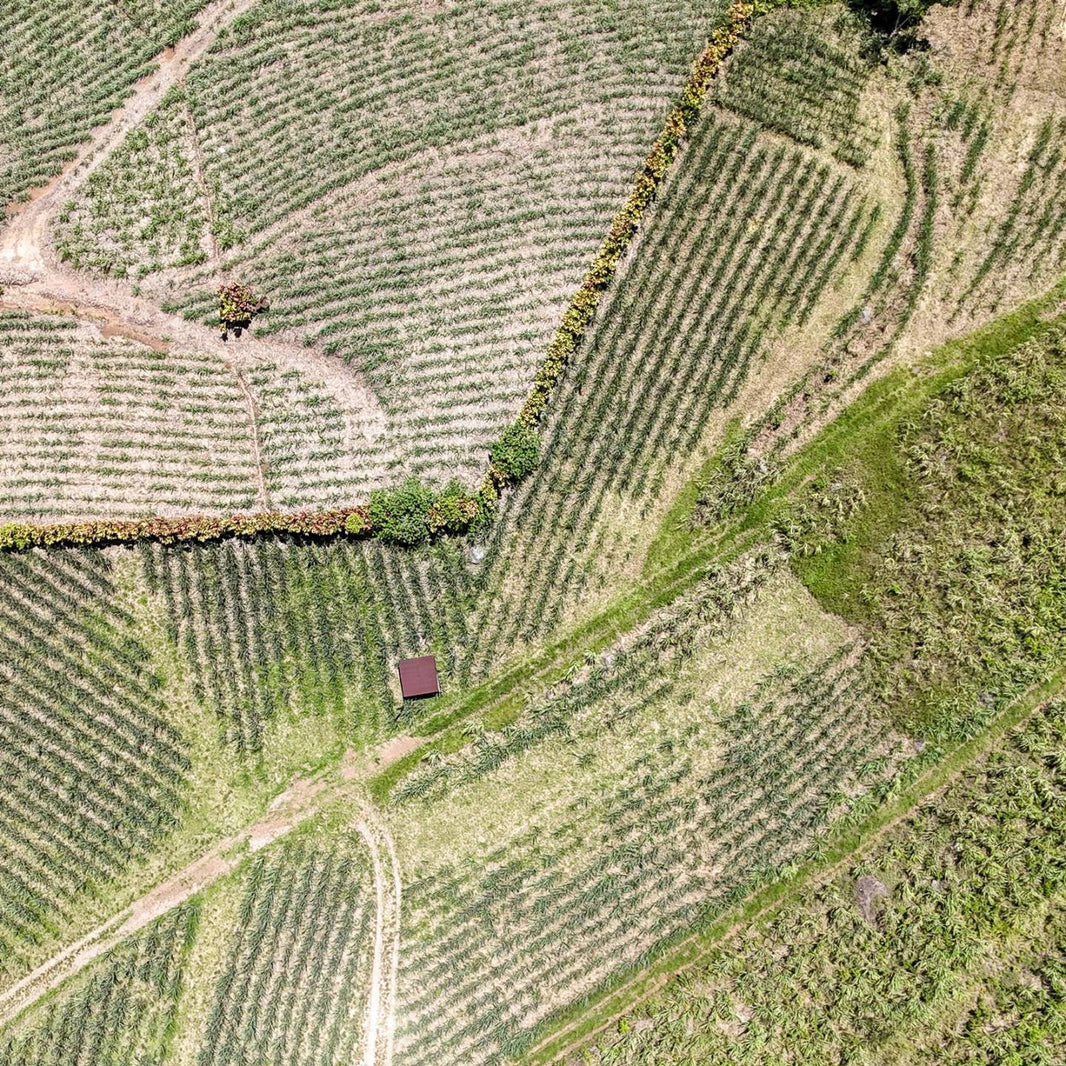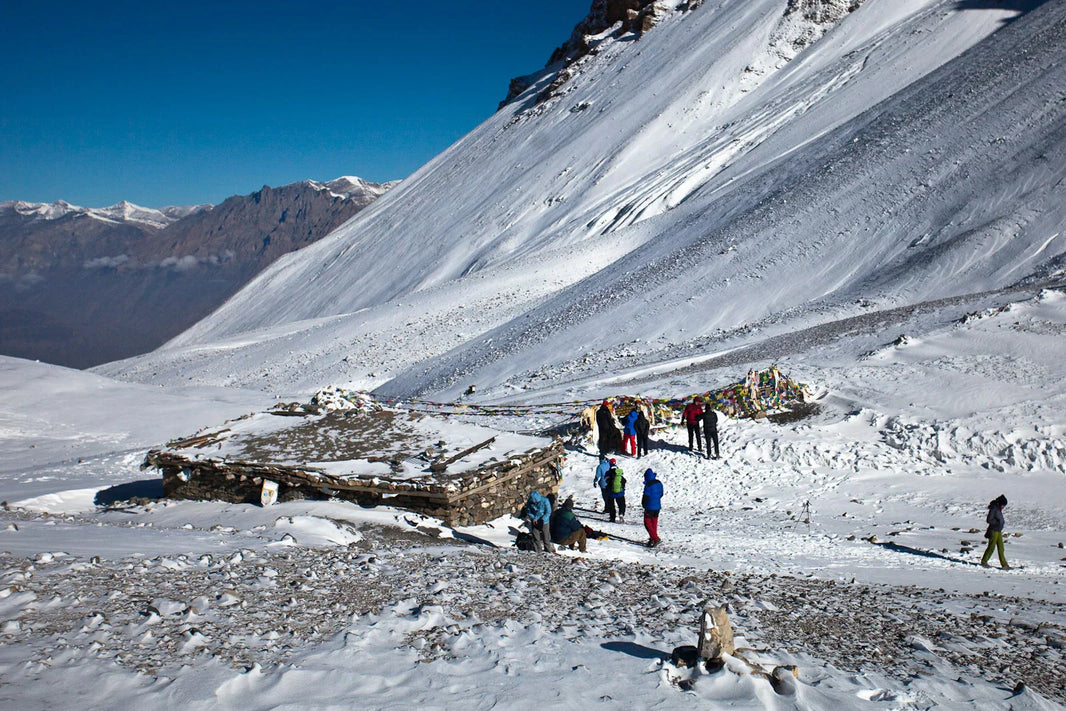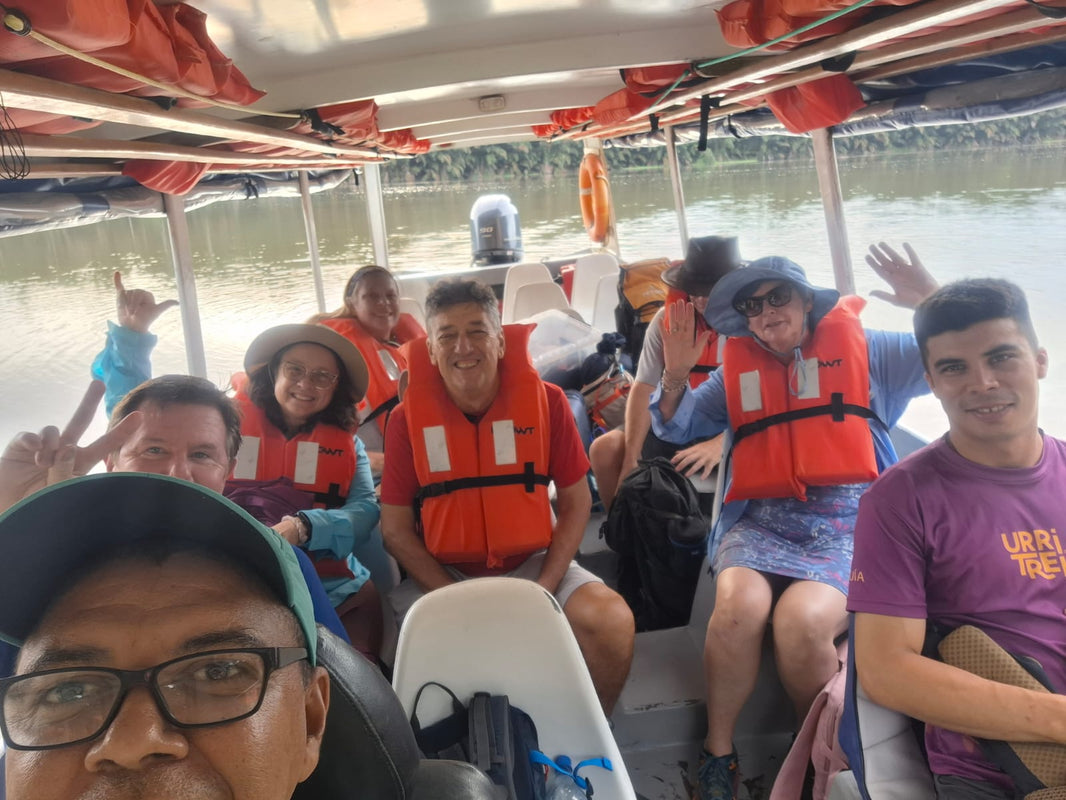The Camino de Costa Rica offers various stages with different levels of difficulty, varying according to the terrain, climate, humidity, and the number of kilometers covered in each stage. For those who want to begin this adventure with minimal physical condition or experience in long-distance hiking.
3 recommended stages to start the Camino de Costa Rica
Stage 5: From Tres Equis to Pacayitas (UrriTrek Route)
Stage 5 has two variants: the official route through Mollejones, considered almost intermediate, and the preferred UrriTrek route, which goes through the high part of the mountain. This 14 km hike starts at Doña Vilma’s house in Tres Equis and ends at Doña Rita’s house in Pacayitas. Although it has some inclines, it is a good introduction to slopes without presenting major difficulties, as it is mostly done on local roads. Additionally, it allows you to enjoy the charming town of Pacayitas, one of the most beautiful on the Route.

Stage 7: From Canadá de Turrialba to Pejivalle
This 16 km stage is ideal for beginners due to its relatively flat topography with small elevations. No advanced technical equipment is needed; running shoes are sufficient. The main challenge of this stage is the heat, as Turrialba can be very hot and humid, especially on sunny days, due to its proximity to the Costa Rican Caribbean and its altitude below 1000 meters. However, it is an excellent introduction to the Camino thanks to its accessible topography.

Stage 12: From El Empalme to San Marcos de Tarrazú
Despite being a 20 km stage, this route has a fairly flat topography with some ascents at the beginning. This characteristic is beneficial for those not accustomed to climbing. The altitude of 2000 meters provides a cool climate, making the hike more pleasant. Basic equipment is sufficient, and it is recommended to carry a walking stick for the descent to San Marcos. This stage serves as preparation for the more challenging stages 13, 14, 15, and 16, where there is a considerable descent towards the Pacific.

General Considerations
-
Terrain and Topography: The stages vary in terms of terrain, from flat roads to steep ascents. It is important to know the topography before each stage.
-
Climate and Humidity: The climate can be hot and humid, especially in low areas near the Caribbean. Preparing for these conditions is essential.
-
Mileage: The distance to be covered each day can vary significantly, so it is crucial to be physically prepared for the required effort.
Properly preparing for these stages and considering these recommendations will allow you to enjoy an enriching and pleasant experience on the Camino de Costa Rica. Good luck and happy hiking with Urritrek!


